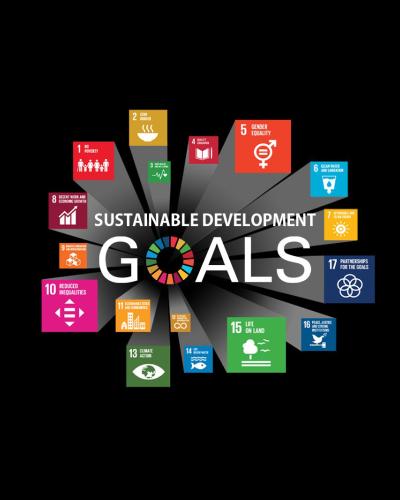Voluntary National Review Report of Seychelles 2019

A resilient, responsible and prosperous nation of healthy, educated and empowered Seychellois living together in harmony with nature and engaged with the wider world. The vision of a nation celebrating its 250 years.
Seychelles remains committed to the implementation of the 2030 Agenda for it changes the way we perceive development and forces us to move beyond measuring progress purely in economic terms. The country’s first voluntary national review covers all 17 Sustainable Development Goals.
Sustainable Development Goals in the National Strategic Planning Framework
For Seychelles, the VNR process immediately followed the launching its Vision 2033 and National Development Strategy (NDS) 2019 – 2023. Developed by means of broad public consultations the two national documents stipulates the medium to long-term pathway to sustainable development for the country based on the national priorities. It also allowed for the mapping of the SDG’s onto the six thematic pillars thus ensuring that the enabling environment which is imperative for implementation is provided for.
Leaving No one behind
The preamble of the Constitution of Seychelles, states that Seychelles will “develop a democratic system which will ensure the creation of an adequate and progressive social order guaranteeing food, clothing, shelter, education, health and a steadily rising standard of living for all Seychellois”. It is against this background that the sustainable development goals are being implemented.
Seychelles has in place an extensive social protection system, which makes provision both in the form of cash transfers and in-kind assistance. These include a universal retirement pension for citizens aged 63 years and above and statutory disability benefits (SDGs 1, 2, 3, 10) amongst others.
With an Exclusive Economic Zone of 1.4 million km² Seychelles has embraced the Blue Economy concept, which adopts an integrated approach to ocean-based sustainable development. In October 2018, Seychelles launched the World’s First Sovereign Blue Bond aimed at mobilizing resources for empowering local communities and businesses, in transitioning to sustainable fisheries and safeguarding our oceans while the blue economy is sustainably developed. (SDG 8,12,13,14).
Seychelles is currently ranked 43rd in the world human capital index and is also the only country in the African region and the Indian Ocean to have attained the Very High Development Index category in 2019. This is testimony of the continued investment in health and education and a people centred development model. The country boasts a 10 year free and compulsory education and free primary health care system (SDG 3,4).
As a small island state we remain committed towards environment sustainability and resilience (SDG 13,14). In the face of growing threats such as coastal erosion, flooding due to climate change, the Government is adopting an integrated approach by placing more emphasis on the various adaptation strategies and has recently launched its coastal management plan. The Marine Spatial Plan (MSP) is another significant commitment and Seychelles has in March 2020 legally designated 30 percent of its territorial waters as marine protected areas 10 years ahead of international targets.
Partnerships
The Sustainable Development Goals is interrelated and cannot be achieved by Government alone which is why the partnership domestically with the private sector and civil society is of utmost importance.
Global partnership equally has an important role to play with synergies across the broader global agenda such as Agenda 2063 and SAMOA pathway. Some of our greater successes have been in instances where we have joined forces.
Challenges
Being a small island states and given its geographical locations Seychelles remains highly vulnerable to external factors. The COVID-19 pandemic has brought to fore the risk that a health outbreak can have on an economy like ours highly dependent on tourism and whereby we import most of what we consume. The effects of climate change have been further exacerbated with recent events of coastal erosions. Other key challenges to address are: increasing financial resources mobilization, the strengthening of the national statistical system and an ageing population which cannot be ignored. There is also a lack of awareness on SDG’s which can further impedes implementation.
Conclusion
The VNR review process has allowed us to take stock on how sustainable our policies are. What are the gaps and what can we do better. In this decade of action more than ever we recognise that there is no room for complacency and COVID-19 has further highlighted that.
As we all rebuild our economies we must build back better-‘Towards a Sustainable and Inclusive Future’




















